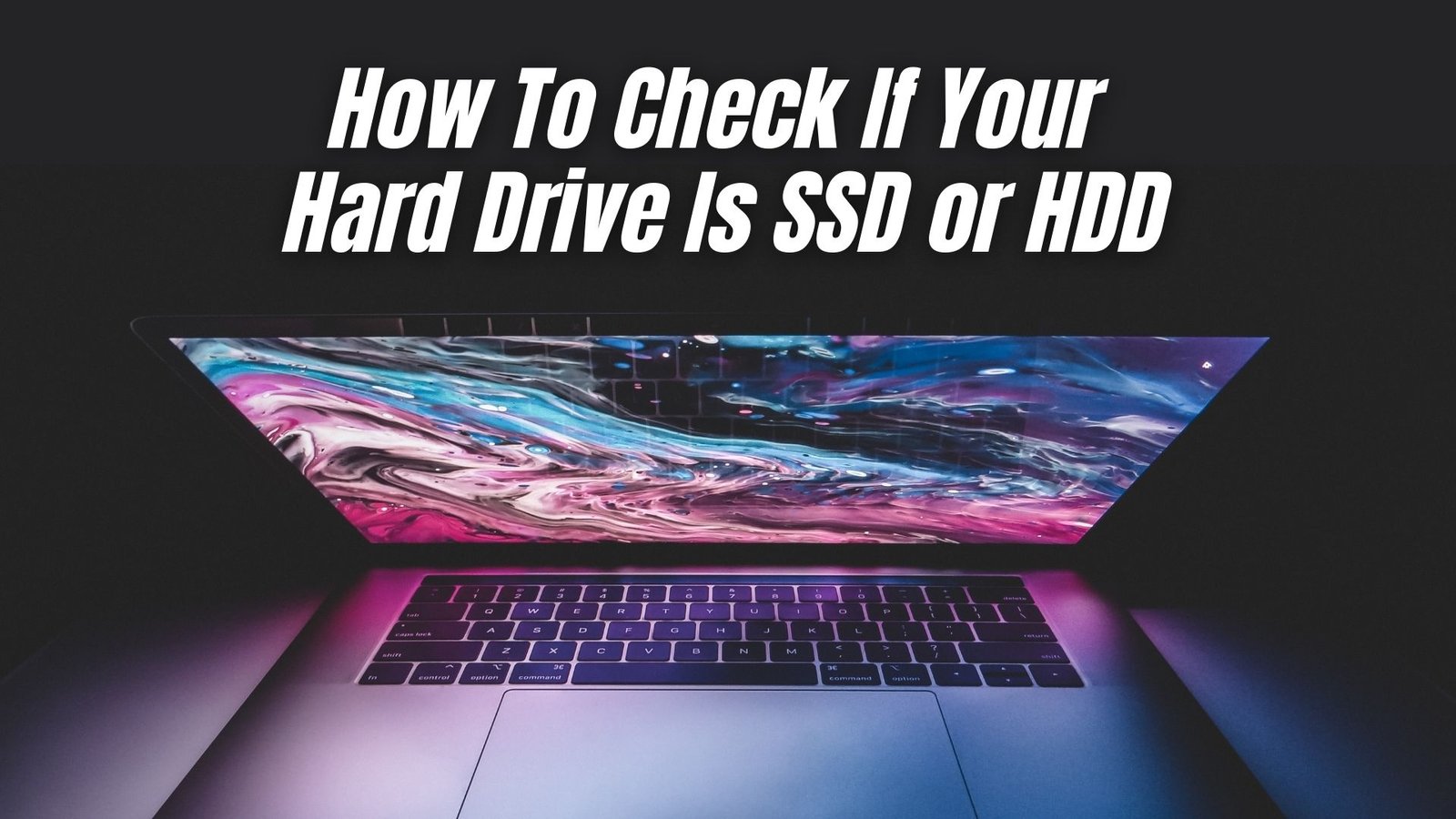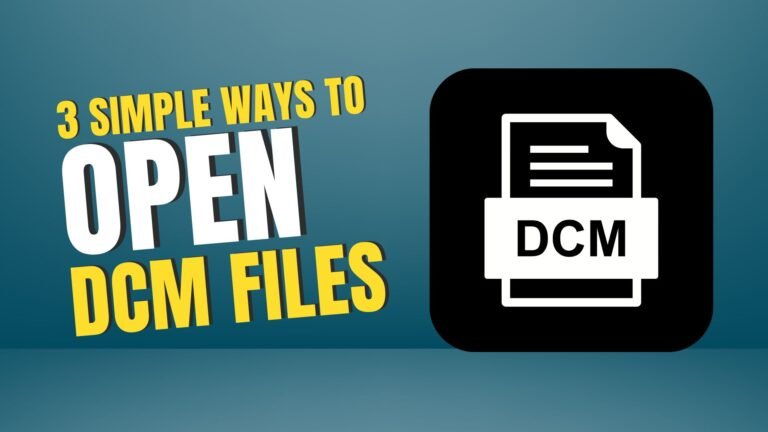A computer’s performance is heavily reliant on its hard drive, which is itself a critical component. HDD and SSD are the two most common types of hard drives. The type of hard drive installed in your computer can be checked directly in Windows without taking the computer apart, if you don’t already know that information about it. To find out if your Windows 10 hard drive is an SSD or an HDD, follow these three simple steps.
Way 1: Check if your hard drive is SSD or HDD using Optimize Drives app
Step 1: Click on the Defragment and Optimize Drives App that appears in the search results after typing “optimize” into the Cortana search box. Using this will open the Optimize Drives app in Windows 10, which was previously known as Disk Defragmenter.

Step 2: This information can be found in the Optimize Drive app under Media type: Solid State Drive (SSD) or Hard Disk Drive (HDD). If you have two hard drives installed in your computer, you can see which drive is SSD and which one is HDD.

Way 2: Check if your hard drive is SSD or HDD using Windows PowerShell
Step 1: Select Windows PowerShell (Administrator) from the pop-up menu that appears when you right-click on the Windows icon. Windows 10’s PowerShell will now be accessible to you as an administrator.

Step 2: The command get-physicaldisk can be found in the PowerShell window by typing it in and pressing the Enter key. You’ll see a list of all the physical disks in your computer, along with some basic information about each one. Your hard drive’s MediaType parameter lets you know if it’s an SSD or an HDD.

Way 3: Check if your hard drive is SSD or HDD using Command Prompt
Step 1: In Windows 10, open Command Prompt as an administrator.
Step 2: Use the powershell "get-physicaldisk | format-table -autosize" command and press Enter to execute it. Your computer’s hard drives will be displayed in this window. You can see if your hard drive is an SSD or an HDD by looking at the MediaType field.







